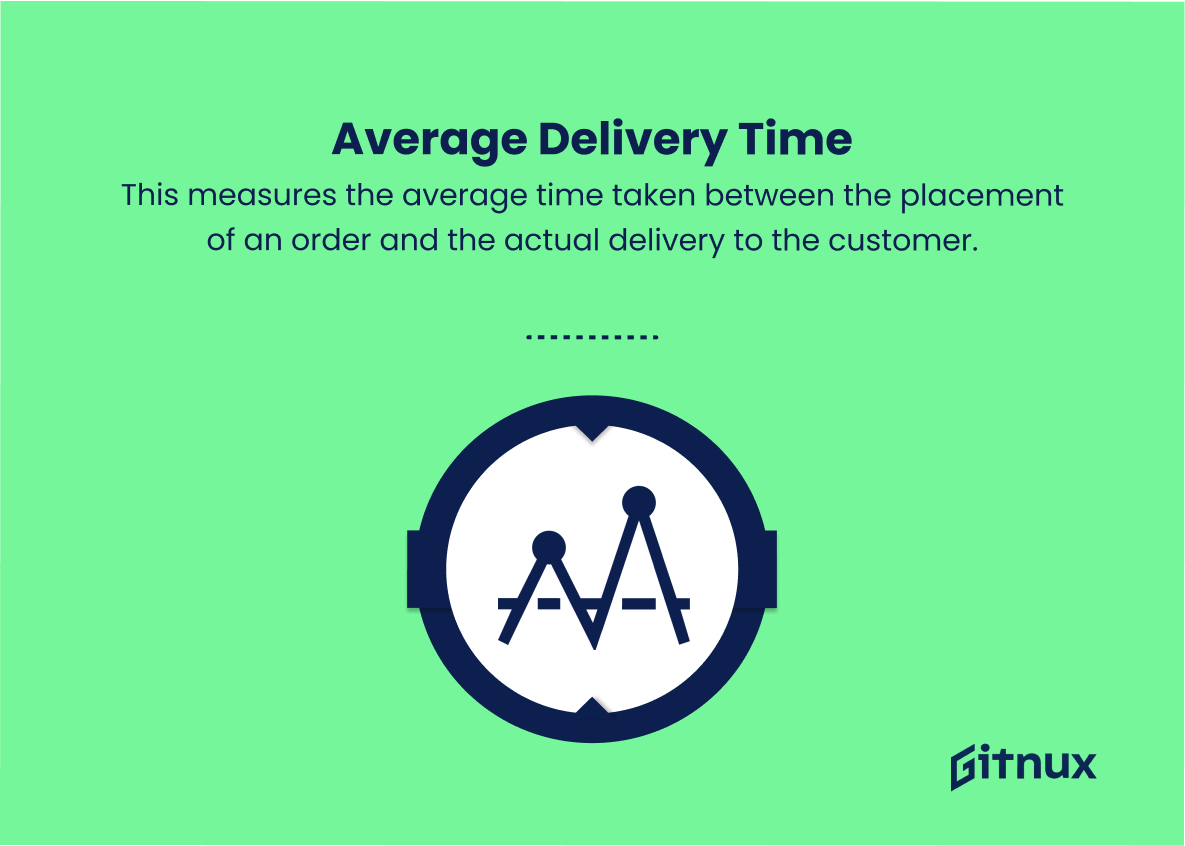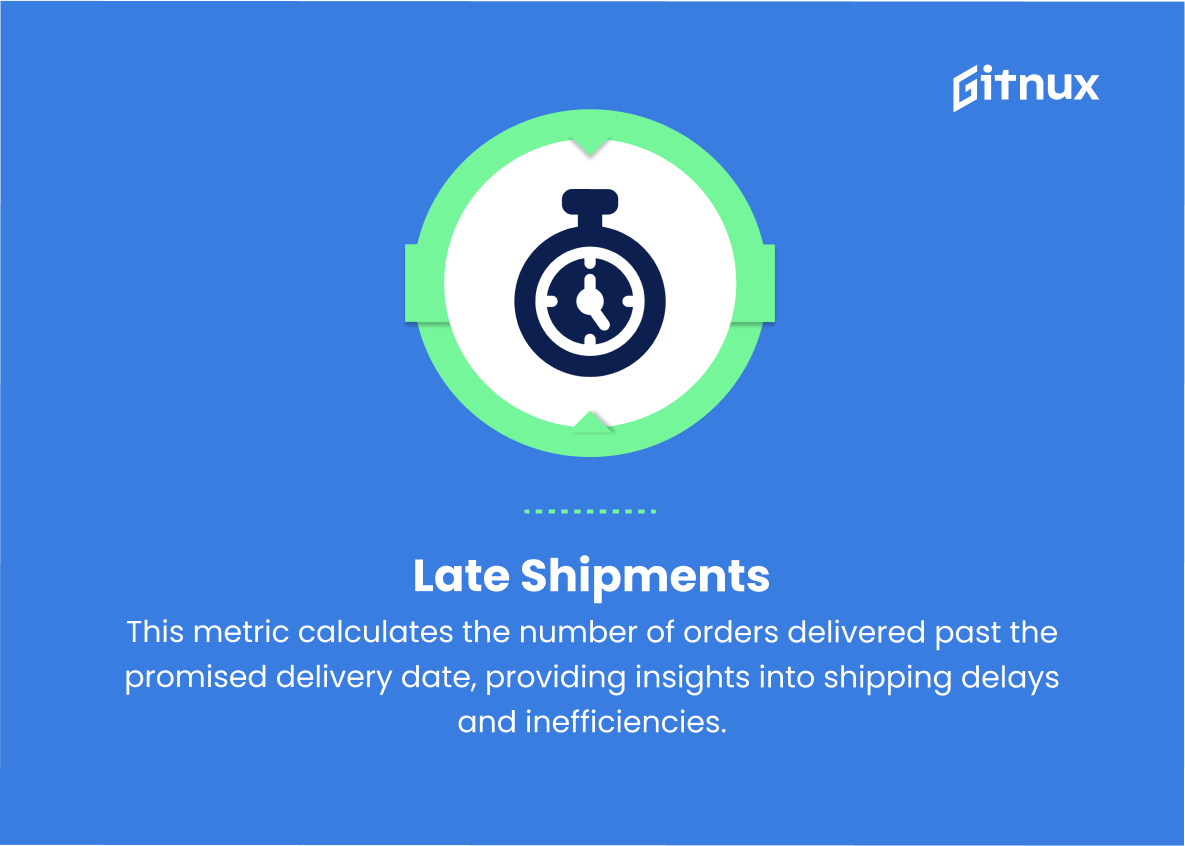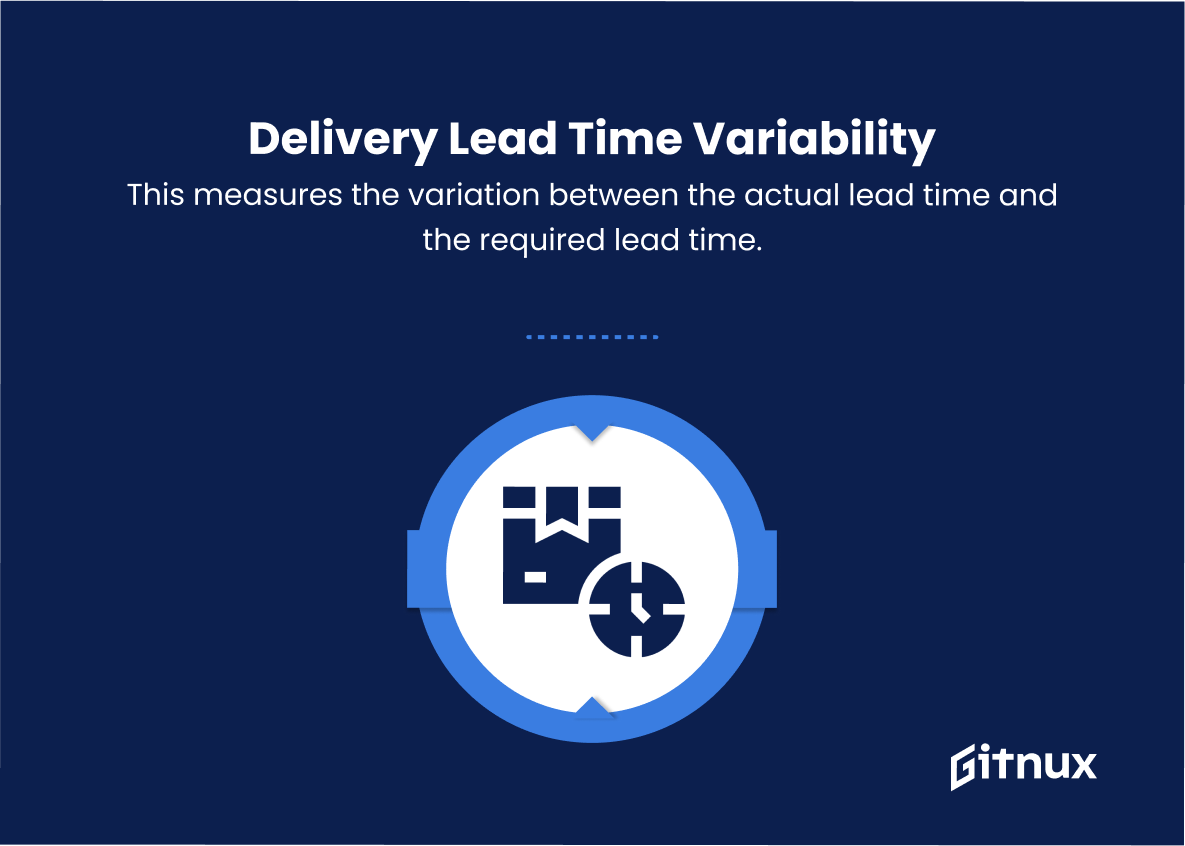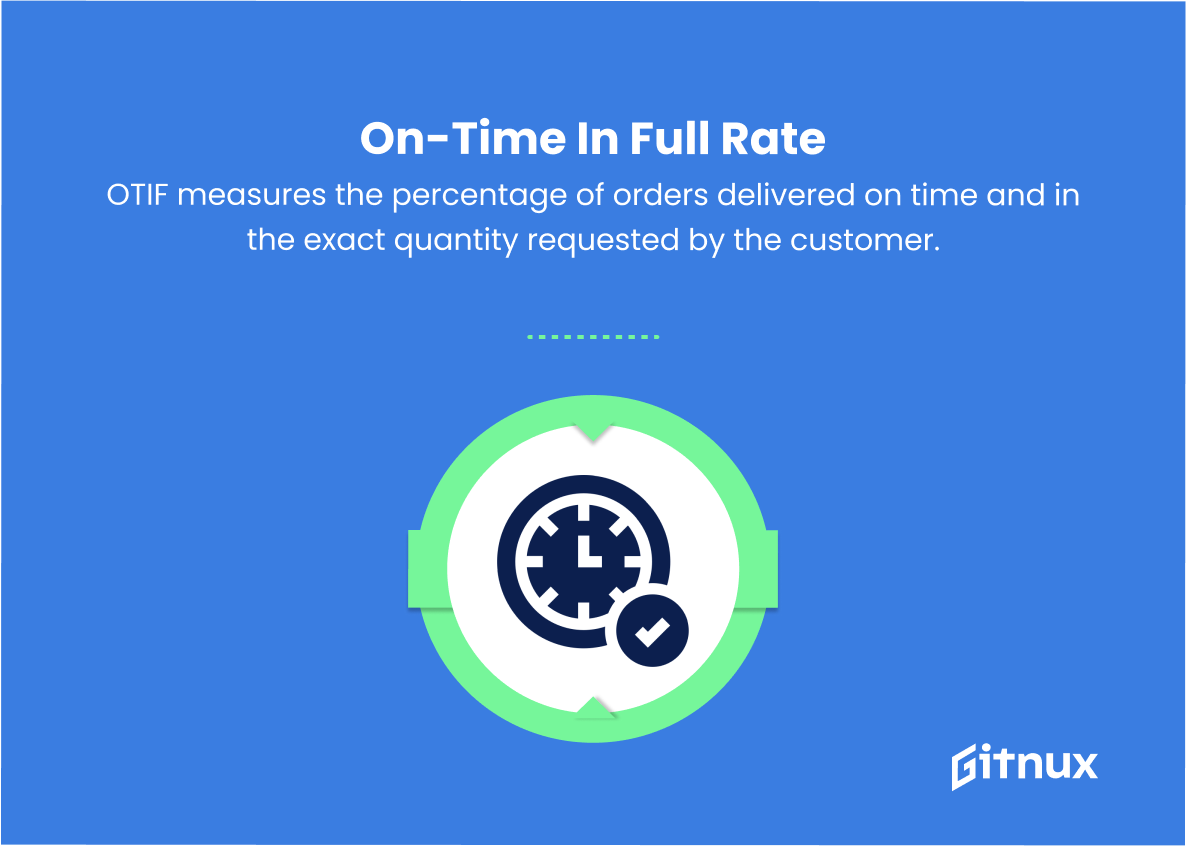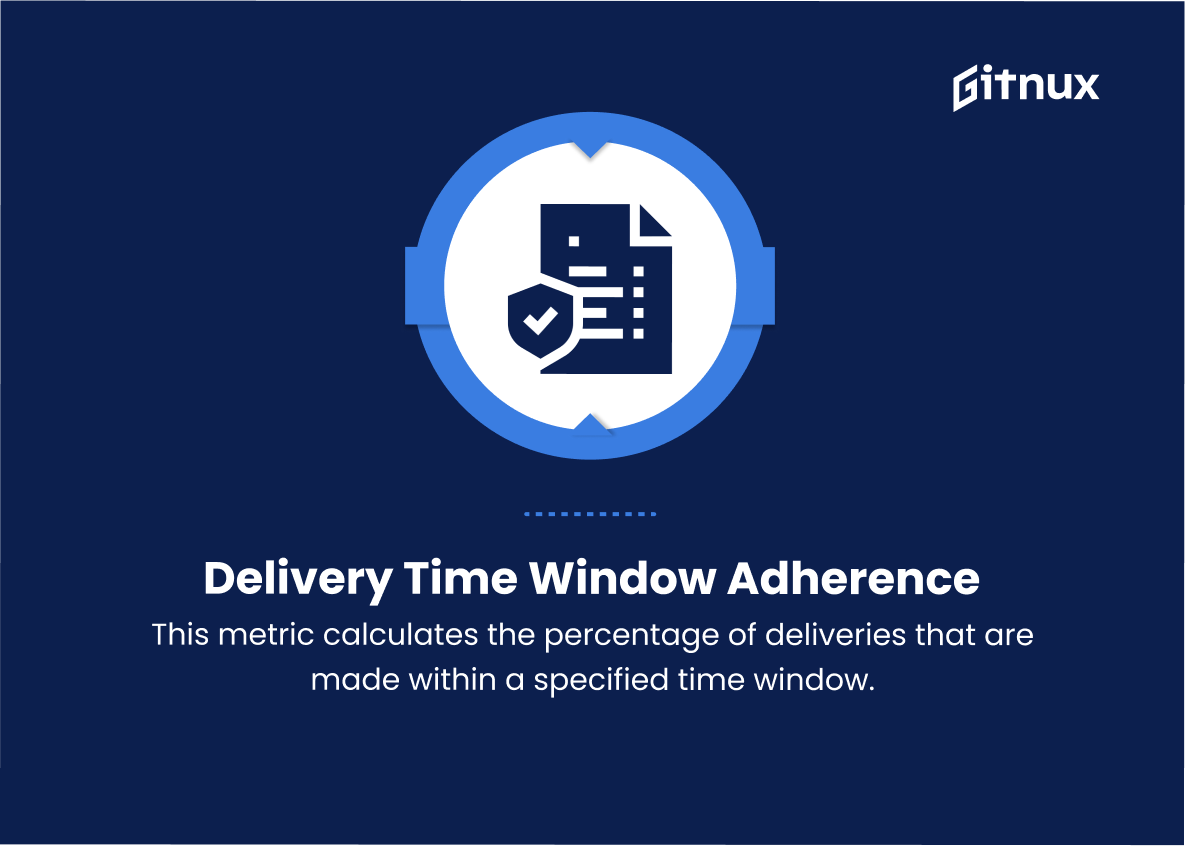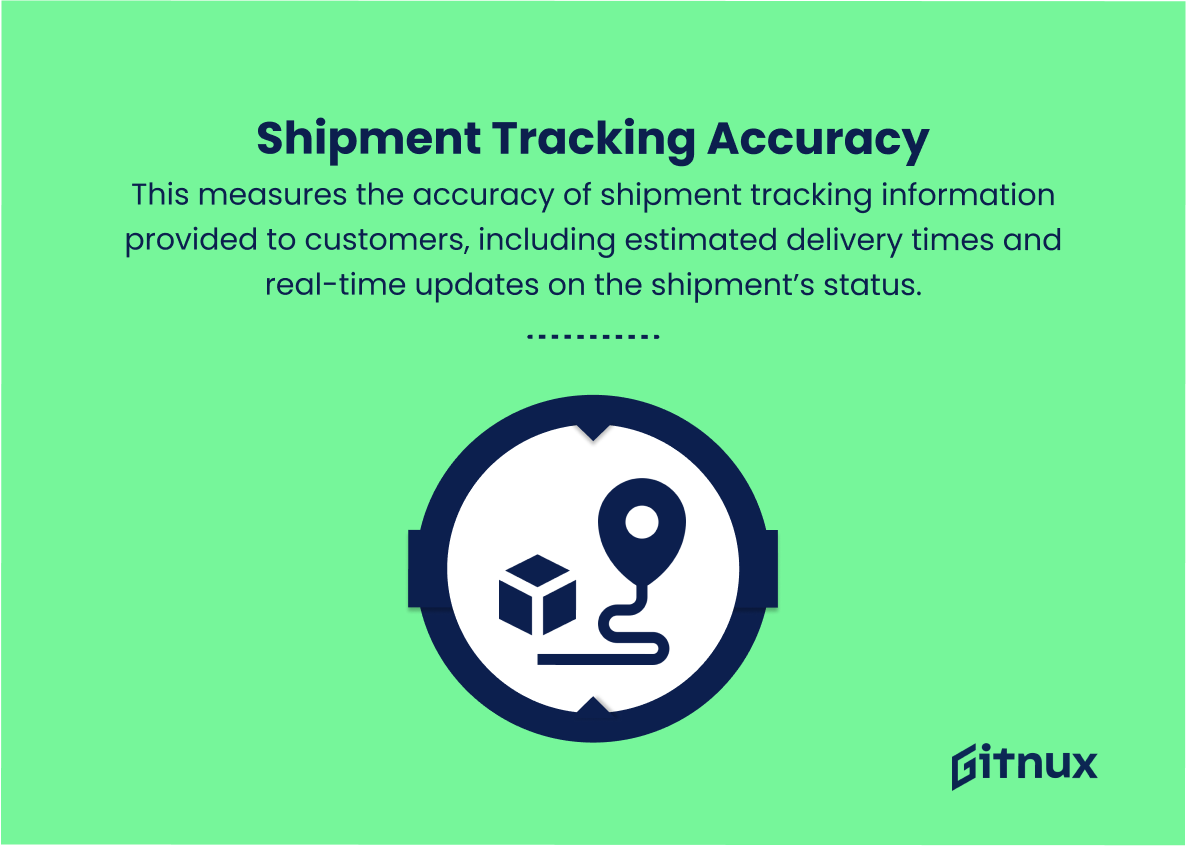In today’s fast-paced business landscape, consumer expectations have evolved, and the ability to deliver products and services in a timely manner has become an essential aspect of success. That’s where On Time Delivery (OTD) Metrics come into play – a critical performance indicator used by businesses and organizations to manage and optimize supply chain operations.
In this thoughtful blog post, we will delve into the importance of OTD Metrics, discuss the various types and aspects of these measurements, and offer expert insights on how to effectively utilize them to drive improvements and foster customer satisfaction. As a serious business strategy topic, our aim is to enlighten our readers about On Time Delivery Metrics and support their decision-making process in selecting the most relevant and effective tactics to achieve success in this highly competitive market.
On Time Delivery Metrics You Should Know
1. On-time Delivery Rate (OTD)
This metric calculates the percentage of orders delivered on or before the promised delivery date, in relation to the total orders delivered during a period. It helps companies evaluate their performance in meeting customer expectations and identifies areas needing improvement.
2. Average Delivery Time
This measures the average time taken between the placement of an order and the actual delivery to the customer. It evaluates the efficiency of the order fulfillment and delivery process in a company.
3. Late Shipments
This metric calculates the number of orders delivered past the promised delivery date, providing insights into shipping delays and inefficiencies.
4. Delivery Lead Time Variability
This measures the variation between the actual lead time and the required lead time. It helps companies identify discrepancies in their delivery processes and implement corrective actions to reduce this variability.
5. Perfect Order Rate (POR)
Perfect Order Rate measures the percentage of orders delivered without any defect, damage, or deviation in delivery time. It evaluates not just the timeliness of deliveries but also takes into account their quality and accuracy.
6. On-Time In Full Rate (OTIF)
OTIF measures the percentage of orders delivered on time and in the exact quantity requested by the customer. This metric reflects not only the efficiency of the delivery process but also the company’s ability to manage inventory levels and customer expectations.
7. Delivery Time Window Adherence
This metric calculates the percentage of deliveries that are made within a specified time window. It helps evaluate the accuracy of the delivery process and its ability to meet specific customer requirements.
8. Shipment Tracking Accuracy
This measures the accuracy of shipment tracking information provided to customers, including estimated delivery times and real-time updates on the shipment’s status. Accurate tracking information can impact customer satisfaction and reduce uncertainty in the delivery process.
On Time Delivery Metrics Explained
On-time Delivery Metrics are essential as they help companies evaluate their performance in meeting customer expectations and identify areas needing improvement. The On-Time Delivery Rate (OTD) calculates the percentage of orders delivered on or before the promised delivery date, allowing companies to assess their ability to fulfill customer orders promptly. Average Delivery Time is crucial for evaluating the efficiency of the order fulfillment and delivery process, while Late Shipments provide insights into shipping delays and other inefficiencies.
Delivery Lead Time Variability helps companies identify discrepancies in their delivery processes and implement corrective actions to reduce variability. The Perfect Order Rate (POR) measures not just timeliness but also the quality and accuracy of deliveries, ensuring a high level of customer satisfaction. On-Time In Full Rate (OTIF) reflects not only the efficiency of the delivery process but also the company’s ability to manage inventory levels and customer expectations.
Delivery Time Window Adherence evaluates accuracy in meeting specific customer requirements, while Shipment Tracking Accuracy impacts customer satisfaction by providing accurate and timely information on the shipment’s status. In summary, On-time Delivery Metrics play a vital role in maintaining efficient delivery processes, managing customer expectations, and ensuring overall customer satisfaction.
Conclusion
In conclusion, on time delivery metrics play a crucial role in maintaining the efficiency and effectiveness of any supply chain or business operation. They not only help businesses evaluate their performance but also identify areas that require improvement. By consistently monitoring these metrics and implementing strategies for optimization, companies can streamline their processes, enhance customer satisfaction, and gain a competitive advantage in today’s fast-paced business environment.
It’s important for organizations to invest in tools and technologies that support data-driven decision-making and continuous improvement of on-time delivery performance. Embracing these metrics will not only benefit the company but also contribute towards long-term sustainability and success.

